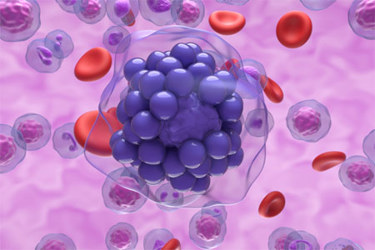Overview Of Diffuse Large B-cell Lymphoma: Global Clinical Trial Landscape

Diffuse large B-cell lymphoma (DLBCL) is the most common and aggressive subtype of non-Hodgkin lymphoma (NHL). It comprises two molecular subtypes: Germinal center B-cell-like (GCB) and Activated B-cell-like (ABC). GCB generally shows better prognoses, while ABC is linked to lower progression-free survival rates. Key risk factors include immunodeficiency, with HIV patients facing a 100–1,000-fold higher risk. Double-expressor lymphomas (overexpressing MYC and BCL2) also worsen survival outcomes.
In 2022, DLBCL accounted for an estimated 194,000 new cases worldwide, with Asia leading in incidence, followed by Europe and North America. These regional variations underscore the importance of tailored treatment strategies. Over 1,500 clinical trials have been initiated globally since 2019, with Asia-Pacific and North America dominating trial activity. Notable contributors include China and the United States, while Spain, France, and Israel are key players in Europe and other regions.
The therapeutic landscape for DLBCL is evolving. Current treatments include Rituximab, Polatuzumab Vedotin, and their biosimilars, offering effective options. Novel drugs like Mosunetuzumab and Selinexor in phase III trials promise significant advancements. Precision medicine, using genetic profiling and targeted therapies such as CAR-T cells and EZH2 inhibitors, is revolutionizing care, particularly for relapsed or refractory cases.
These advancements, coupled with increasing trial activity, are transforming the prognosis for DLBCL, improving survival outcomes and enhancing the quality of life for patients globally.
Get unlimited access to:
Enter your credentials below to log in. Not yet a member of Clinical Leader? Subscribe today.
